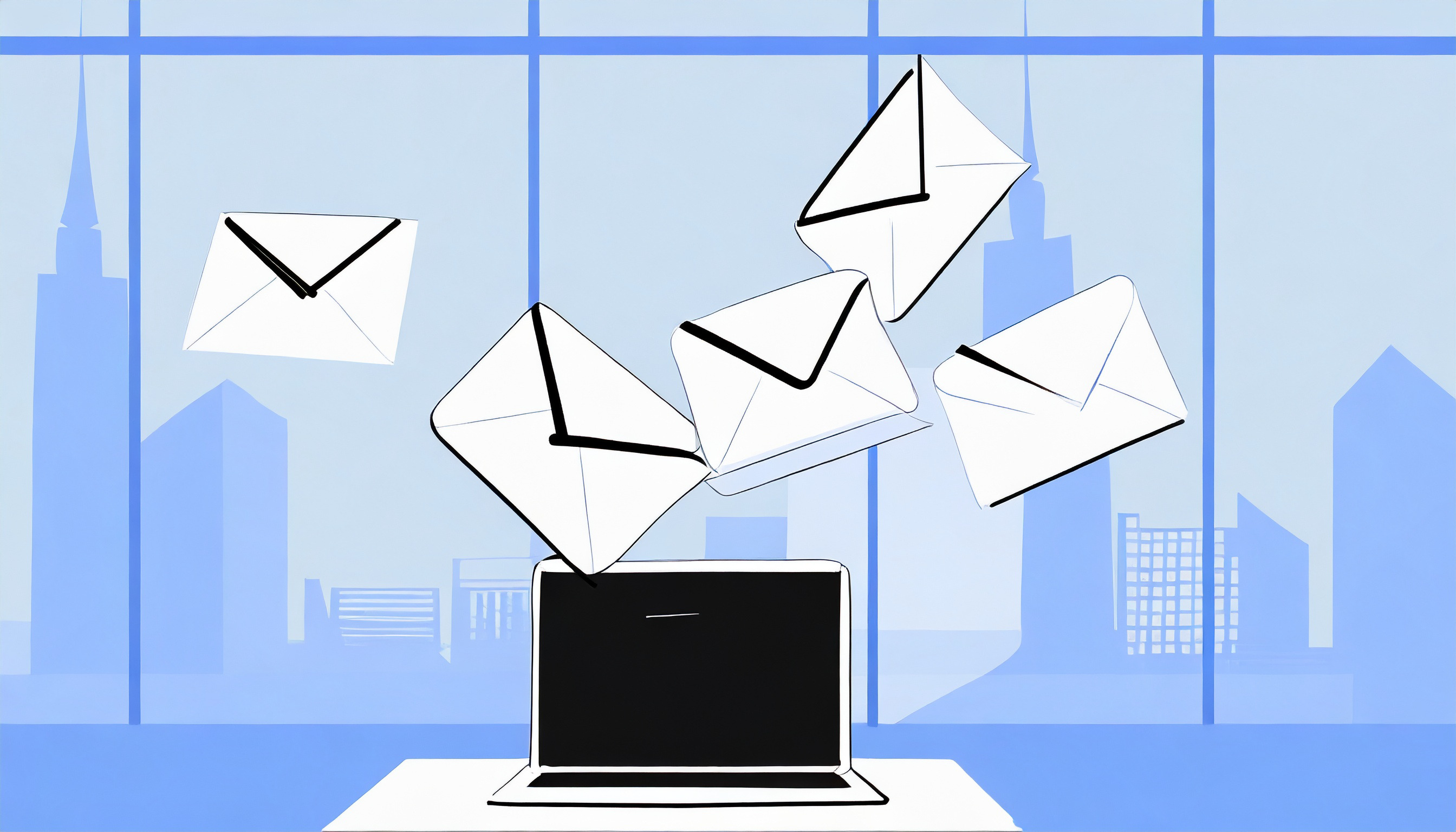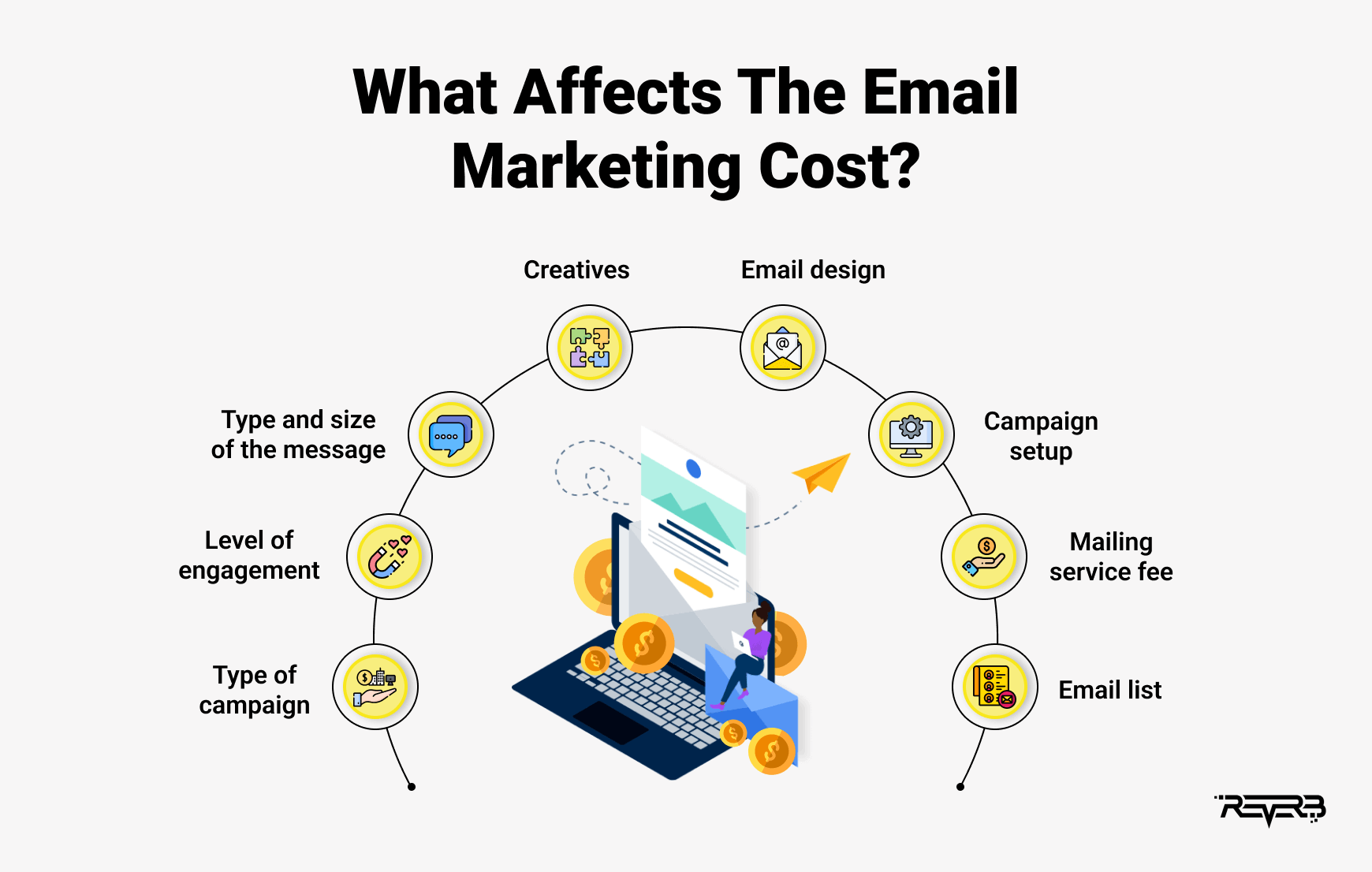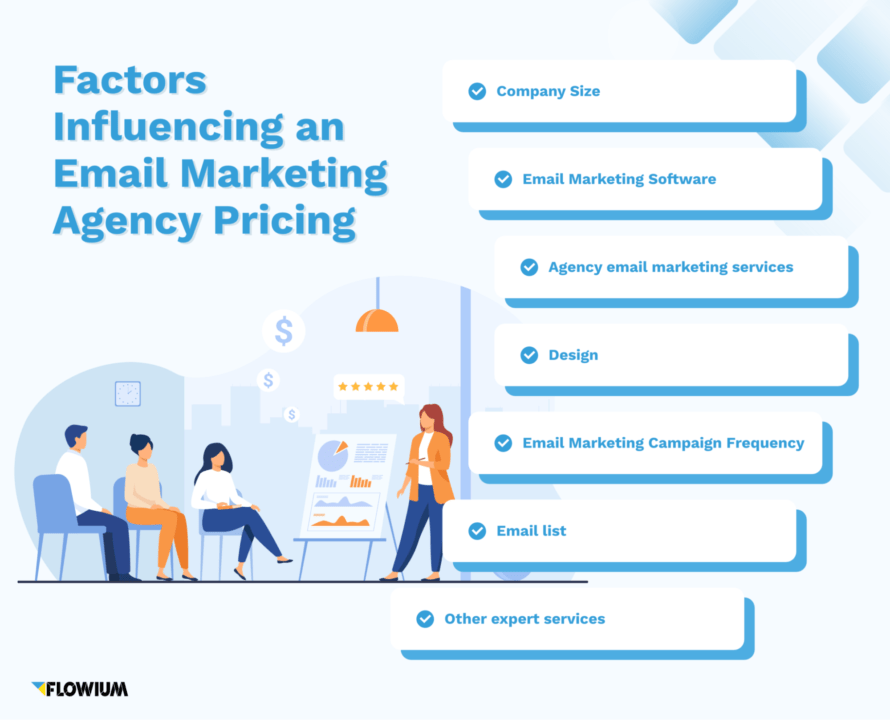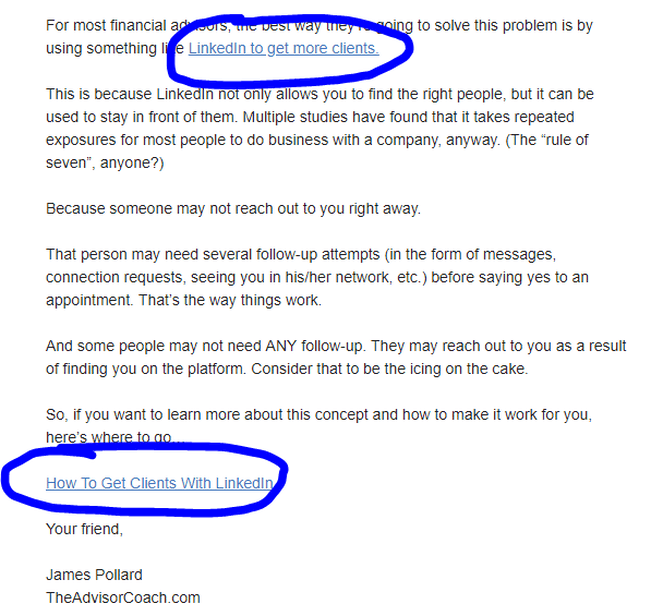
Blogging is a fantastic way to share your passions, expertise, and stories with the world. But with so much content available online, how do you ensure your blog stands out and builds a loyal readership? One powerful tool at your disposal is email marketing. In this guide, we’ll delve into how bloggers can leverage email marketing to grow their audience, keep readers engaged, and ultimately turn casual visitors into dedicated followers.
Why Email Marketing Matters for Bloggers
Email marketing is not just for big businesses or online stores; it’s incredibly valuable for bloggers too. Here’s why:
- Direct Communication: Emails land directly in your subscribers’ inboxes, providing a personal and direct line of communication.
- Ownership of Audience: Unlike social media platforms where algorithms control visibility, your email list is yours to manage and reach out to.
- Higher Engagement: Emails generally have higher engagement rates compared to social media posts. Subscribers who opt into your email list are already interested in your content.
- Building Relationships: Regular email updates help build a stronger connection with your audience, turning casual readers into loyal fans.
Getting Started with Email Marketing
1. Choose the Right Email Marketing Platform
There are many email marketing platforms available, each with its own features and pricing plans. Some popular options for bloggers include:
- Mailchimp: User-friendly with a free plan for beginners.
- ConvertKit: Designed specifically for creators, offering advanced automation features.
- MailerLite: Affordable and easy to use, ideal for those starting out.
- Substack: Focuses on newsletters, making it a great choice for bloggers.
2. Build Your Email List
To start email marketing, you need subscribers. Here’s how to grow your email list:
- Opt-In Forms: Place opt-in forms strategically on your blog, such as at the end of posts, in the sidebar, or as pop-ups.
- Lead Magnets: Offer a valuable incentive, like a free eBook, checklist, or exclusive content, in exchange for email sign-ups.
- Landing Pages: Create dedicated landing pages that focus solely on capturing email addresses.
3. Create Compelling Content
Once you’ve got subscribers, it’s crucial to keep them engaged with high-quality content. Here are some ideas:
- Welcome Series: Send a series of emails to new subscribers introducing yourself, your blog, and what they can expect.
- Newsletter: Regular newsletters with updates, exclusive content, and highlights from your blog.
- Personal Stories: Share personal anecdotes and behind-the-scenes insights to build a personal connection with your readers.
- Exclusive Content: Provide content that’s only available to your email subscribers, making them feel special and valued.
Best Practices for Email Marketing
1. Personalize Your Emails
Personalization goes beyond just using the subscriber’s name. Use data from sign-up forms and subscriber behavior to tailor your emails. For example, if a reader signs up through a specific blog post, send them more content related to that topic.
2. Segment Your List
Segmenting your email list allows you to send targeted emails to specific groups of subscribers based on their interests, behavior, or demographics. This leads to higher engagement and better conversion rates.
3. Optimize Subject Lines
Your subject line is the first thing subscribers see, so make it compelling. Keep it short, intriguing, and relevant to the content of the email. A/B testing different subject lines can help you determine what works best for your audience.
4. Focus on Mobile Optimization
Many people read emails on their mobile devices, so ensure your emails are mobile-friendly. Use responsive design, concise text, and clear CTAs that are easy to tap on a small screen.
5. Include Clear Calls to Action (CTAs)
Every email should have a clear purpose, whether it’s driving traffic to your blog, encouraging social media follows, or promoting a product. Make your CTA prominent and compelling.
6. Maintain a Consistent Schedule
Consistency helps build anticipation and keeps your audience engaged. Whether you send weekly, bi-weekly, or monthly emails, stick to a schedule that you can manage and that your audience can rely on.
7. Monitor and Analyze Performance
Use the analytics tools provided by your email marketing platform to track key metrics such as open rates, click-through rates, and conversion rates. Use this data to refine your strategy and improve future emails.
Advanced Email Marketing Strategies
1. Automation
Email automation can save time and ensure timely communication with your subscribers. Here are some automation ideas:
- Welcome Series: Automatically send a series of welcome emails to new subscribers.
- Abandoned Cart Emails: If you sell products, remind subscribers about items left in their cart.
- Re-engagement Campaigns: Reach out to inactive subscribers with special offers or content to win them back.
2. Drip Campaigns
Drip campaigns are a series of automated emails sent over time to nurture subscribers. They can be used to educate new subscribers, promote a product launch, or guide readers through a particular topic.
3. Collaborations and Guest Contributions
Partner with other bloggers or influencers for collaborations and guest contributions. This can help you reach new audiences and provide fresh content for your subscribers.
4. Surveys and Feedback
Engage with your audience by asking for their feedback through surveys. This can provide valuable insights into their preferences and help you tailor your content accordingly.
5. Exclusive Offers and Discounts
If you offer products or services, providing exclusive offers and discounts to your email subscribers can boost engagement and conversions. Make your subscribers feel valued with special deals just for them.
Common Email Marketing Mistakes to Avoid
1. Neglecting List Maintenance
Regularly clean your email list to remove inactive subscribers. This helps maintain high engagement rates and ensures you’re reaching an interested audience.
2. Sending Too Many Emails
Bombarding your subscribers with too many emails can lead to high unsubscribe rates. Find a balance that keeps your audience engaged without overwhelming them.
3. Ignoring Mobile Optimization
As mentioned earlier, many people read emails on their mobile devices. Failing to optimize for mobile can result in a poor user experience and lower engagement rates.
4. Overlooking Analytics
Without analyzing your email performance, you won’t know what’s working and what needs improvement. Regularly review your metrics and adjust your strategy based on the data.
5. Being Too Salesy
While it’s okay to promote products or services, your emails should provide value beyond sales pitches. Focus on delivering valuable content that builds a relationship with your audience.
Case Study: Successful Email Marketing for Bloggers
To illustrate the power of email marketing, let’s look at a case study of a successful blogger:
Case Study: Jane’s Food Blog
Jane runs a popular food blog where she shares recipes, cooking tips, and culinary stories. She decided to implement email marketing to grow her audience and keep her readers engaged.
Step 1: Building the List
Jane created an enticing lead magnet—a free eBook with her top 10 recipes. She promoted this lead magnet on her blog and social media channels, encouraging visitors to sign up for her email list.
Step 2: Crafting the Welcome Series
Jane set up a welcome series of three emails:
- Email 1: A warm welcome, introducing herself and her blog, and delivering the free eBook.
- Email 2: Sharing her personal story about how she got into cooking and what inspires her recipes.
- Email 3: Highlighting some of her most popular blog posts and inviting subscribers to explore more.
Step 3: Regular Newsletters
Jane started sending a weekly newsletter featuring new recipes, cooking tips, and behind-the-scenes insights. She also included a personal note to make her emails feel more intimate.
Step 4: Segmentation and Personalization
Jane segmented her list based on subscriber interests. For example, she created separate segments for subscribers interested in baking, vegetarian recipes, and quick meals. This allowed her to send more relevant content to each group.
Step 5: Analyzing and Optimizing
Jane regularly reviewed her email performance, focusing on open rates, click-through rates, and subscriber feedback. She used this data to refine her content and improve engagement.
Results
Within six months, Jane saw a significant increase in her blog traffic and engagement. Her email open rates averaged 40%, and she received numerous positive responses from her subscribers. Most importantly, she built a loyal community of readers who eagerly anticipated her weekly emails.
Conclusion
Email marketing is a powerful tool for bloggers to build a loyal audience, boost engagement, and grow their online presence. By choosing the right platform, building a quality email list, creating compelling content, and following best practices, you can leverage email marketing to take your blog to the next level. Remember to personalize your emails, maintain a consistent schedule, and continuously monitor your performance to refine your strategy. With dedication and a thoughtful approach, email marketing can become a cornerstone of your blogging success.
FAQs on Email Marketing for Bloggers
1. What is email marketing?
Email marketing is the process of sending targeted emails to a group of subscribers to promote content, engage readers, and drive traffic to your blog.
2. Why is email marketing important for bloggers?
Email marketing allows bloggers to build a direct and personal connection with their audience, increase website traffic, promote content, and generate revenue through advertisements, affiliate marketing, and product sales.
3. How do I build an email list?
You can build an email list by:
- Adding sign-up forms on your blog.
- Offering lead magnets like free eBooks, checklists, or exclusive content.
- Encouraging social media followers to subscribe.
- Hosting webinars or events that require email registration.
4. What email marketing platform should I use?
Popular email marketing platforms include Mailchimp, ConvertKit, AWeber, and GetResponse. Choose a platform based on your needs, such as ease of use, automation features, pricing, and integrations with other tools.
5. How often should I send emails to my subscribers?
The frequency of emails depends on your content schedule and audience preferences. A common frequency is once a week, but you can adjust based on your engagement rates and subscriber feedback.
6. What type of content should I include in my emails?
Content can include:
- New blog post notifications.
- Exclusive content or tips.
- Personal stories or updates.
- Promotions or product recommendations.
- Surveys or polls to engage your audience.
7. How do I write effective email subject lines?
Effective subject lines are:
- Short and to the point.
- Intriguing or curiosity-inducing.
- Relevant to the email content.
- Personal, using the subscriber’s name if possible.
8. How can I increase my email open rates?
To increase open rates:
- Write compelling subject lines.
- Send emails at optimal times.
- Segment your email list for targeted content.
- Keep your email list clean by removing inactive subscribers.
9. What are some best practices for email design?
Best practices include:
- Using a clean and simple layout.
- Ensuring mobile responsiveness.
- Including clear calls to action (CTAs).
- Using images and visuals wisely to enhance, not overwhelm, the message.
10. How do I measure the success of my email campaigns?
Key metrics to track include:
- Open rates.
- Click-through rates (CTR).
- Conversion rates.
- Bounce rates.
- Unsubscribe rates.
- Overall ROI from email campaigns.
11. What are some common mistakes to avoid in email marketing?
Avoid these mistakes:
- Sending emails too frequently or infrequently.
- Using misleading subject lines.
- Neglecting mobile optimization.
- Ignoring personalization and segmentation.
- Not testing emails before sending.
12. How do I comply with email marketing regulations?
To comply with regulations like GDPR or CAN-SPAM:
- Obtain explicit consent from subscribers.
- Provide an easy way to unsubscribe.
- Include your physical mailing address in emails.
- Respect subscriber preferences and data privacy.

























